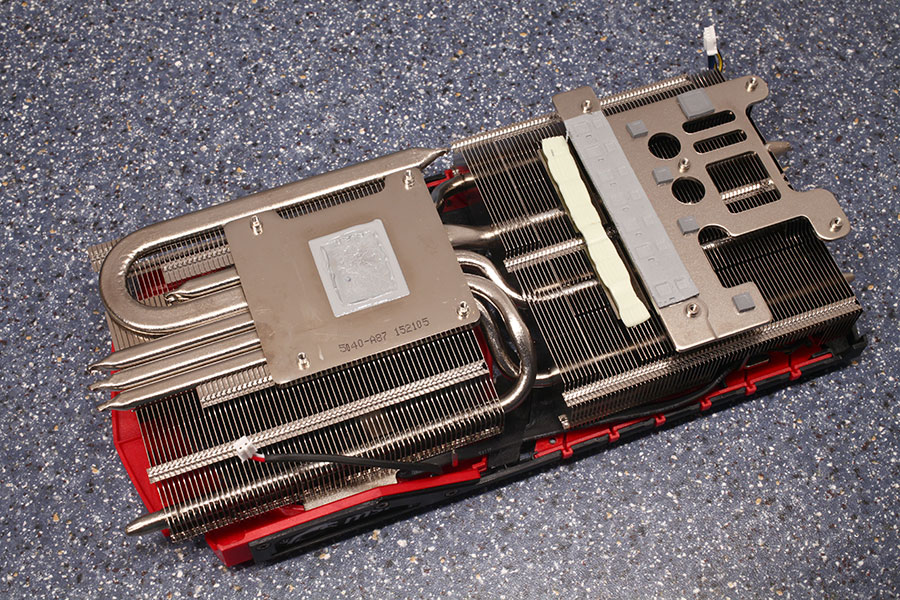He's the one that wanted to know about heat, so, whatever. Per performance AMD cards put out less heat than Nvidia cards, I mean...
First a pet peeve: can we just use the scientific terms and drop the term 'heat' and use 'power' instead? When you use the term 'heat' it makes me believe that you don't understand that heat and power are exactly the same thing. Stupid, I know, but you'd be surprised common this is.
With that out of the way: I simply don't see it. If I look at
hardware.fr, or really any other publication that measures power for the GPU only, not only does a Fury X consume more than a GTX 980 Ti or Titan X, by a considerable amount, but the performance is equal or lower as well. So the perf/W is even worse. Maybe there are some special conditions where the Fury X performs much better relative to a Titan X, but I haven't seen those cases and even then, they're outliers.
... that's probably not that important for most people unless your running a huge datacenter with expensive cooling. But then performance per watt isn't that important unless you're doing the same thing and people go nuts over that for no reason.
Perf/W is much more interesting than absolute perf when you're talking about architecture. More perf can be achieved with brute force. You can't do that with perf/W or perf/mm2.
[You also know perfectly well what voltage limited means, or rather power draw limited if you really want. Power draw doesn't scale linearly with performance, a Fury X draws at 300 watts, about the highest a GPU can reasonably go while a Titan X draws 250 watts.
That's the problem when you're not careless in formulating an argument: you're confusing those who do care about these thing. And, TBH, I still don't understand what your point is. In fact, I'm now even more confused: on one hand, you claim that "per performance AMD put out less heat than Nvidia cards" (IOW: perf/W). Yet at the same time, you claim it's 50W more than the Titan X. And we know that the Fury X is not 20% faster than the Titan X, so there's a contradiction right there.
And yes, I'm absolutely certain AMD cards get less hot than Nvidia ones, unless AMD has coolers that magically work better under full load while being quieter than Nvidia's at the same time, an aircooled Fury, which is solidly faster than a 980 (non ti) is still several degrees cooler as well
http://www.anandtech.com/show/9421/the-amd-radeon-r9-fury-review-feat-sapphire-asus/17
And now, you're confusing 'heat' with 'temperature'?
Do you have a clue at all?


